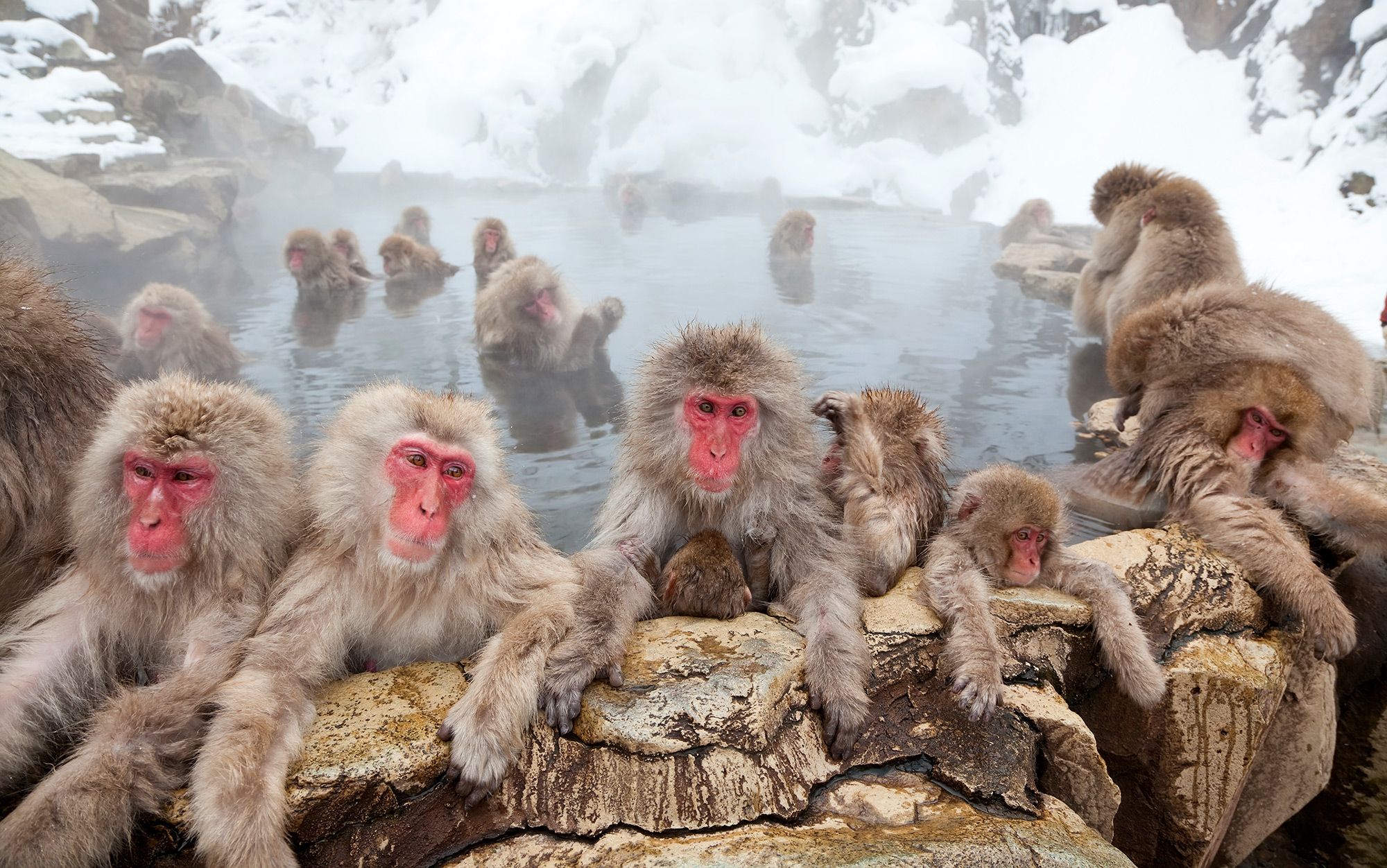
While 19th-century naturalists looked at animal behaviour with a focus on its psychological and physiological aspects, it was only after the groundbreaking work of zoologists such as Nikolaas Tinbergen and Karl von Frisch in the 1930s that the field returned to a focus on how social behaviour might be explained in evolutionary terms.
Following the emergence of the modern discipline of ethology – the study of animal behaviour – we’ve been left with two main ways of framing enquiries into the social lives of animals.Known as ‘collective neuroscience’, this research programme proceeds from the idea that brains have evolved primarily to help animals exist as part of a social group – rather than to solve problems per se – and should be studied as such.
Since embedding a brain within a social structure changes how it and other brains perform, it makes no sense to only study individual minds in isolation, because it doesn’t provide the full picture.
Based on the notion that intelligence is a dynamic of looping cause and effect among multiple brains, researchers are drawing on the latest neuroimaging techniques to try to obtain a more detailed understanding of multiple animals’ brain states as they engage in a variety of social activities.
In mainstream approaches to cognitive neuroscience in animals, portions of the brain are labelled as relating to perception, action, memory, attention, decision, sociality.But when we examine animal behaviour through a more collective lens, we begin to see that large portions of complex brains are hungry to work in harmony with others, according to Emmanuelle Tognoli, a researcher at the Center for Complex Systems and Brain Sciences at Florida Atlantic University.
But even a study looking at the dynamic between two individuals lacks certain aspects of the diversity of interactions that emerge naturally in organic, more complex social groups – including attention allocation, creating subgroups, and recruiting allies, says Julia Sliwa.
What people have been studying so far is how groups of neurons in single brains can create information in the brain; what we also need to look at, though, is how such information is processed among and between multiple brains working together.
There appear to be neurons responsible for taking note of friends’ complex social behaviour.The researchers peered into the macaques’ brains with recording helmets that could track brain activity in specific neurons with great precision.
They observed that each kind of interaction appeared to involve several hallmark neurons ‘lighting up’ in the dorsomedial prefrontal cortex, the section of the brain that is believed to play a role in social interactions.
In other words, there appeared to be neurons responsible for taking note of friends’ complex social behaviour.
They applied a very small electrical current to temporarily disrupt neuronal activity in specific parts of the monkeys’ brains, in order to see whether that would stop the macaques from carrying out the social actions – but still leave them able to perform their other cognitive functions, such as remembering or making decisions.
Uri Hasson, a researcher at the Princeton Neuroscience Institute, has shown that a good storyteller can induce synchronisation between her and her listener’s brains (if there’s shared common ground, experiences and beliefs); and, in a classroom setting, how well a student’s brain waves sync up with their peers can serve as a good predictor of how engaged they are, and how much they feel like they get along with the group, according to research by Suzanne Dikker, a senior research scientist at the Max Planck – NYU Center for Language, Music and Emotion.
The researchers tracked bats’ brain activity using wireless neurophysiological recording devices as the animals flew around freely in their enclosures and talked to one another with their signature high-pitched screeches.The mapping was so clear that, when in a silent room observing only the bat’s brain activity on a screen, researchers could identify which bats had called out.
The neuroscientists also experimented with playing recordings of bat sounds to some of the bats, in isolation, but this failed to provoke activity in the relevant brain areas – perhaps indicating that the bats knew this wasn’t a genuine social interaction.The social context, that is, modulates activity both within and between brains.
Crucially, it also means giving up the clean division between stimuli and ‘inputs’ versus behaviour and ‘outputs’; rather, collective neuroscience involves reckoning with the science of complex systems, where causation is not linear but looping, and social and neuronal structures mesh in unpredictable ways.
In the context of social-animal neuroscience, this means looking at how individual brains both affect and are affected by the social context, rather than starting from the perspective of a single brain.A complex-systems lens would demand that we study animal neuroscience across multiple interlocking scales: starting from neurons, moving into brains and embodied organisms, then across to pairs and groups, looking all the time at how all these levels relate to one another, according to Tognoli.
Mapping how neuronal activity relates to specific social interactions, and understanding the effects of group social dynamics on the biology of the brain, could shed light on aspects of human society, too.Collective neuroscience offers a different way of seeing neuropsychiatric conditions such as depression and schizophrenia, for example – not as instances of individual ‘dysfunctions’ in the brain, but as phenomena that emerge from multiple dynamic physiological and social processes.
Experiments such as the macaque study helped to identify brain areas linked to abnormal or normal social behaviour; related research in humans could yield new therapies or possibilities for intervention.
Interactions in a network might account for much of the social intelligence we see in nonhuman animals – but that’s also due to their brains being able to independently analyse social interactions
If intelligence is about dynamic of feedback loops among multiple brains, Sliwa notes, the way we study it also needs to be a system of different looping frameworks feeding into each other – ‘a lot of loops of different levels of investigation’